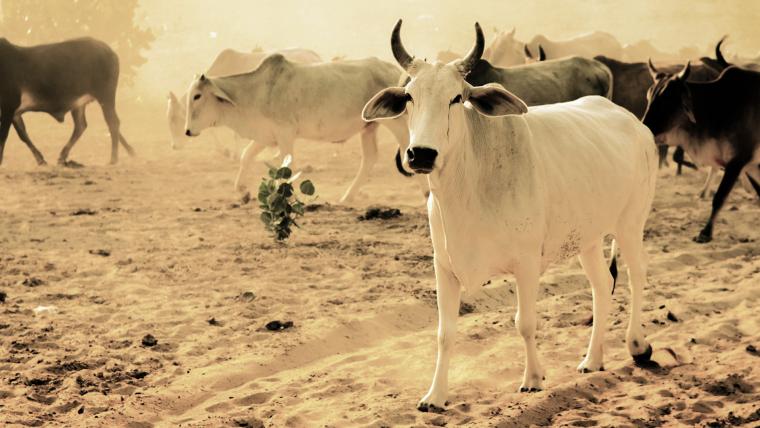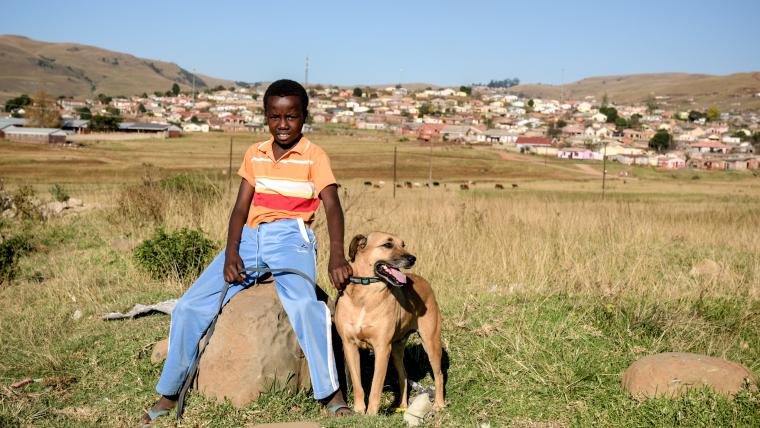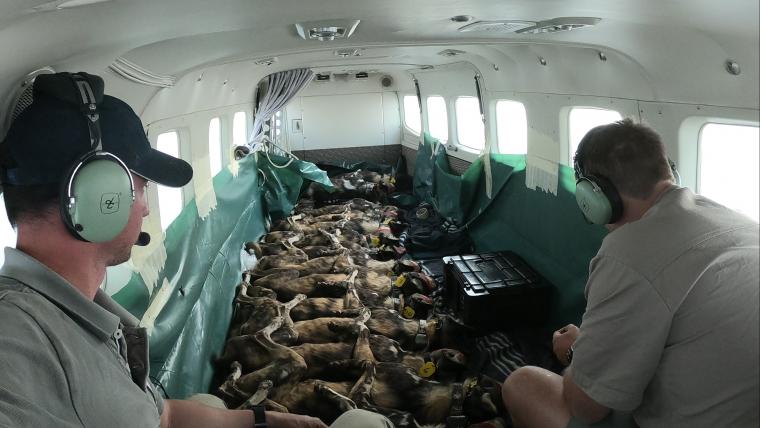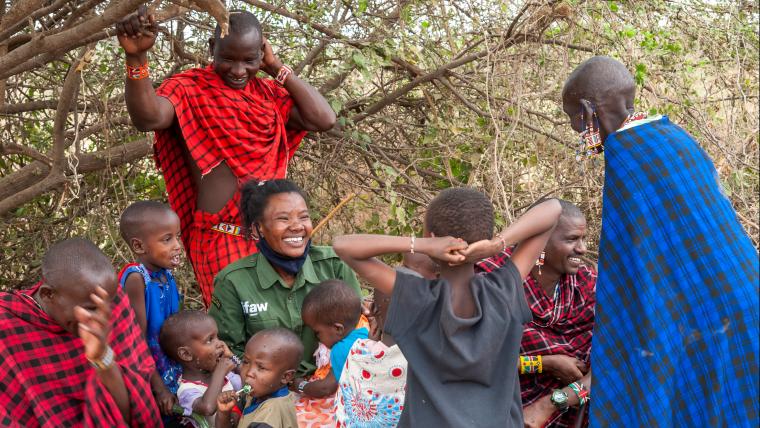
How a divine reverence for cows is ensuring their continued protection
In Hinduism, cows are revered as a sacred representation of Mother Earth. Certain body parts hold special meaning. Their horns symbolise the gods and their udders the four foundations of life – material wealth, desire, righteousness, and salvation. Cattle are also crucial to the agricultural sector as they support people in carrying goods, and their dung makes for a natural fertiliser. The majority of the population in India practise Hinduism, and harming a cow is forbidden in both social customs and in most states by law. This makes them an especially thriving species in the country. But the increasing number of stray cattle may be causing a stir.
Despite the belief that cows are a source of goodness, those who can no longer afford to keep them are forced to let them go. There are over five million cattle freely roaming rural and urban areas in India. Occupying the bustling streets, alleyways, farmlands, and inner-city regions, their presence poses an accident and health risk for both the animals and communities. Citizens driving cars or motorbikes come into collisions with cows or lose control of their vehicles in an attempt to avoid hitting them. In the state of Haryana, over 200 people died in the span of two years as a result of cattle incidents.
To create a world where people and cows can safely coexist, the Hindrise Foundation inspires communities to safeguard them. Cow shelters help reduce their presence on roads, keeping accidents to a minimum. The Hindrise Foundation assists these shelters in ensuring adequate living conditions, and initiates daily feeding schemes for animals in the National Capital Region of Delhi. The generational respect Hindu people have for their holy animal has allowed for their continued protection. It’s this appreciation that upholds a healthy relationship between people and nature.
Photos by the Hindrise Foundation were used in the creation of this film.






























Please sign in to leave a comment